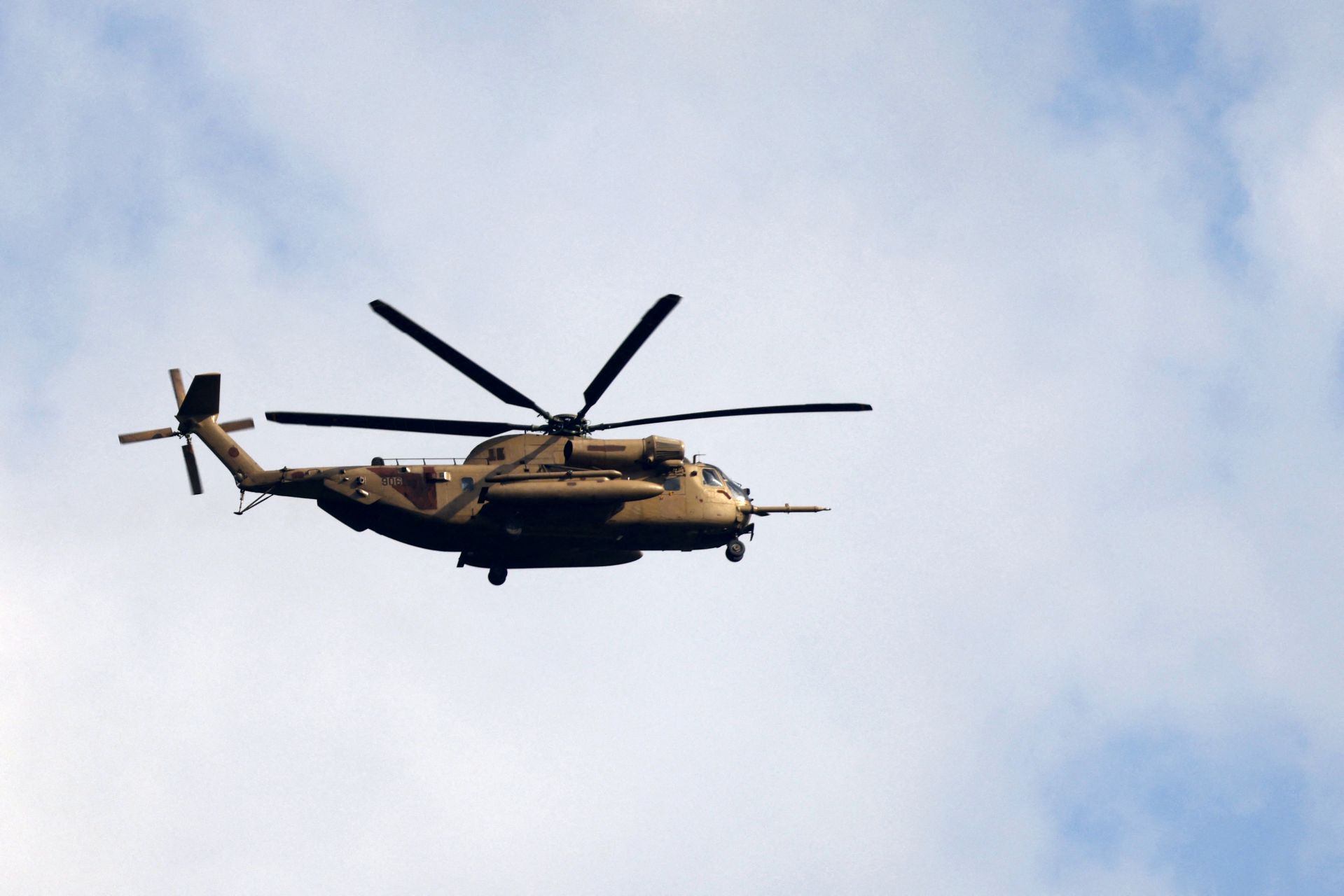
Early on the morning of Friday, November 1, an Israeli special forces unit conducted an operation in Batroun. Their target: Imad Fadel Amhaz, 30, a student at the Institute of Maritime and Technological Sciences (Marsati). While authorities have yet to clarify the details of the incident, initial reports indicate that the operation was launched from the sea using speedboats.
It only took a couple of minutes for some twenty soldiers to capture their target and withdraw immediately. According to information obtained by Axios from an Israeli official, the Shayetet 13 unit is believed to have led the mission.
Shayetet 13
This unit stands among of the most elite of Israeli special forces. Founded in 1949, this naval commando group is specialized in counter-terrorism, sabotage, and intelligence operations.
Shayetet 13’s tasks range from infiltrating hostile zones and eliminating critical targets to conducting hostage rescues, deep inside enemy territory. Highly trained, its members are capable of operating in various environments—sea, land, and air—proficient in diving, parachuting, and close-quarters combat techniques.
As part of the naval forces, they are ideally suited for this type of operation. However, these commandos could not have infiltrated so deep into Lebanese territory on their own. This inevitably raises the following question: how was the Israeli navy able to carry out this mission?
The UNIFIL Called into Question
In fact, Lebanon’s territorial waters are monitored not only by its navy but also by UNIFIL‘s Maritime Task Force. This task force is equipped with the necessary resources to ensure continuous surveillance, including multiple medium-tonnage ships.
Several media outlets close to Hezbollah initially accused UNIFIL of helping the Israelis in carrying out this operation. More specifically, the German navy, which has a corvette operating in Lebanese waters, has faced scrutiny. This criticism is especially notable in light of Berlin's support for Israel in the current context.
However, this information was swiftly refuted by UNIFIL. “At no point has UNIFIL been involved in any kidnapping or other violation of Lebanese law,” stated its deputy spokesperson, Kandice Ardiel.
The Aerial Strategy: Guaranteed Speed
In this scenario, Israeli commandos have few options to effectively execute their mission. The quickest method would involve an operation using heavy helicopters capable of transporting semi-rigid boats.
The Israeli military is theoretically equipped with such capabilities, as it operates at least 26 CH-53 Yas'ur (Petrel) helicopters manufactured by the American company Sikorsky Aircraft Corporation.
Featuring three engines and a seven-blade rotor, each of these aircraft can carry up to 16 tons of equipment or 55 soldiers, even under challenging conditions. Its missions include troop and equipment transport—such as boats—medical evacuations, aerial refueling, and logistical support. These characteristics position it as an excellent choice for an operation like the one conducted in Batroun.
The Underwater Option: Guaranteed Discretion
However, the use of helicopters has a significant disadvantage, as they can be detected by radar. To avoid this limitation, another option arises: the deployment of submarines.
The Israeli submarine fleet comprises six Dolphin-class submarines supplied by Germany, which have been adapted to meet Israel's strategic requirements. Beyond their strike capabilities, these submarines are equipped to discreetly deploy naval commandos for intelligence, sabotage, or reconnaissance missions, especially in hostile environments.
Israeli submarines can also be outfitted with a "Dry Deck Shelter." This module, mounted on the back of the submarine, enables it to carry equipment intended for special forces, including the possibility of accommodating semi-rigid boats.




Comments